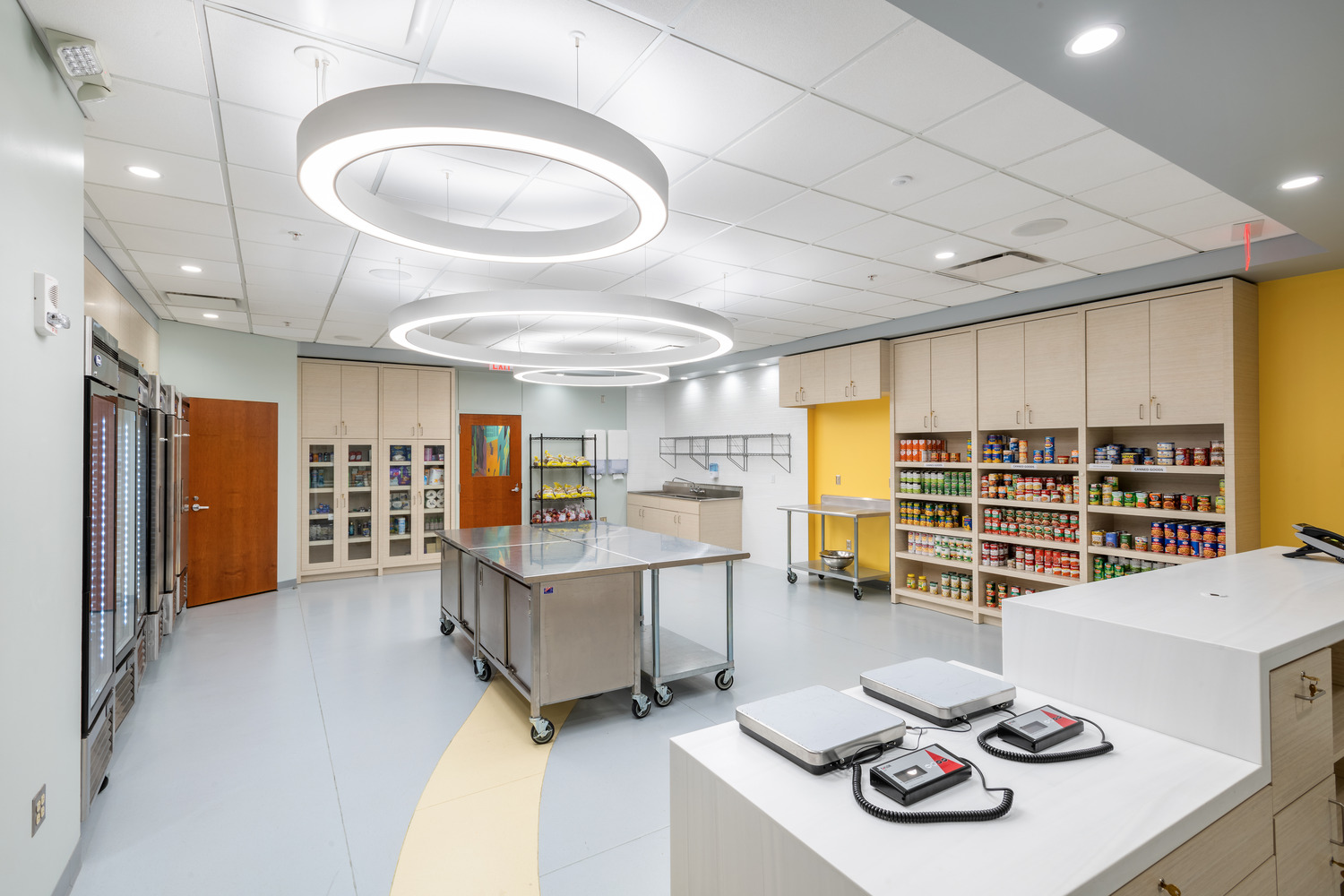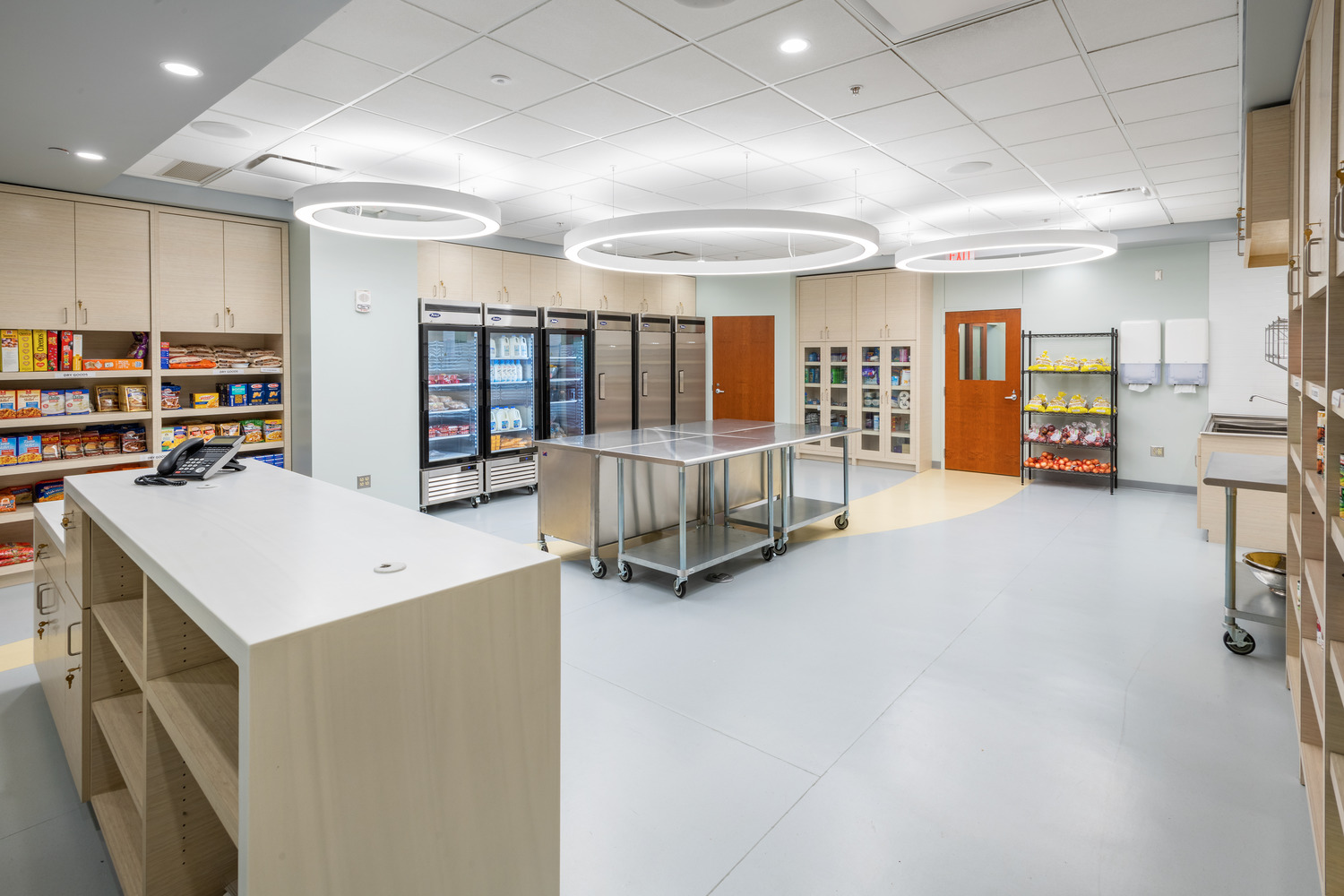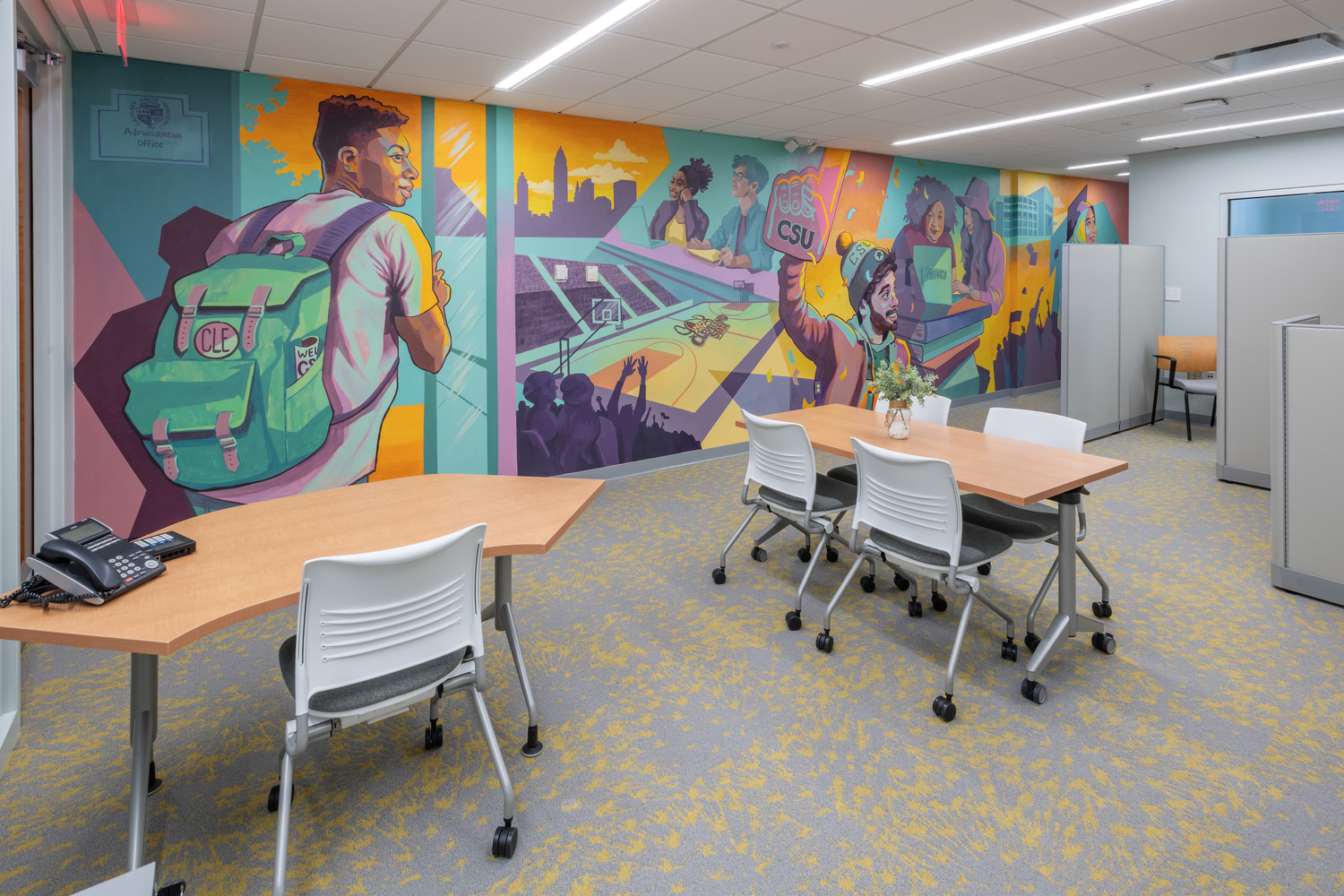The availability of accessible healthy food options on college campuses is a growing concern. Many students struggle to afford adequate nutrition, meaning they don’t have reliable access to sufficient, healthy meals. In fact, a study by the Hope Center for College, Community, and Justice revealed that nearly 39% of students at two-year institutions and 29% at four-year institutions experienced food insecurity in the 30 days before the survey.
Moreover, over the last decade, food pantries on U.S. college campuses surged from around 80 to nearly 800, underscoring the urgent need for these support programs. Cleveland State University (CSU) in Cleveland, OH, stands out as a prime example, having established its own food support program to tackle this challenge.
Founded in 2016, the Lift Up Vikes! Food Pantry (LUV) serves approximately 8,100 students per year and distributes more than 112,480 pounds of food annually. As this demand grew, the original space that housed the program became too small, prompting CSU to engage CPL’s Higher Education Practice team to revamp and expand the facility.

Now located in Berkman Hall, the upgraded 1,470 sq. ft. facility features an expanded food pantry/market, a versatile resource center and a welcoming hangout area for students seeking solace.
Creating an Intuitive “Shopping” Experience
A well-designed food pantry can significantly influence how students perceive and use the space. The layout should ideally mimic a real-life shopping experience with sections, shelves and checkout areas. This approach, which reduces the stigma often associated with food assistance, creates a familiar and dignified environment that encourages frequent use.
Administrators might also consider incorporating an open layout to minimize bottlenecks and allow students to move quickly and comfortably through the space. Moreover, clear signage, strategic lighting and accessible displays help students easily find and select the items they need.

Multiple coolers and sections were incorporated into the LUV design, resulting in a convenient and familiar space akin to a grocery store.
Promoting a Relaxed Environment
A relaxation area encourages students to use the pantry without hesitation or shame. Design components that promote a comfortable atmosphere—such as ample and varied seating, wall-mounted TVs for entertainment and playful textures and patterns—help create a space where students feel at ease while waiting for their turn in the queue or to meet with a counselor.
Additionally, incorporating touches representing campus life, such as murals featuring school colors and mascots, local artwork or community achievements, can foster a sense of belonging.

Designed by students, the large, vibrant mural at LUV instills a sense of CSU pride in all who visits.
Flex-Use Spaces for Maximum Value
Pantries should also be designed with maximum flexibility to serve various functions. Incorporating movable furniture and open, multi-purpose areas allows the space to host community events like seminars, workshops and classes. Design details such as adjustable shelving, modular seating and reconfigurable layouts ensure the pantry can adapt to different needs.
This flexibility not only maximizes the space’s utility but also creates potential for increased revenue and broader community engagement.

LUV’s resource and relaxation areas double as a place for varying needs, from food distribution to educational sessions on nutrition and cooking.
As more institutions recognize the prevalence of food insecurity among students, the design of campus food pantries becomes increasingly important.
“By reimagining these spaces with a focus on dignity and functionality, administrators can create environments that do more than just provide food—they become vital community resources,” explained CPL Senior Architectural Designer, Pamela Haberman. “Together, we can ensure that no student has to choose between their education or their next meal.”

